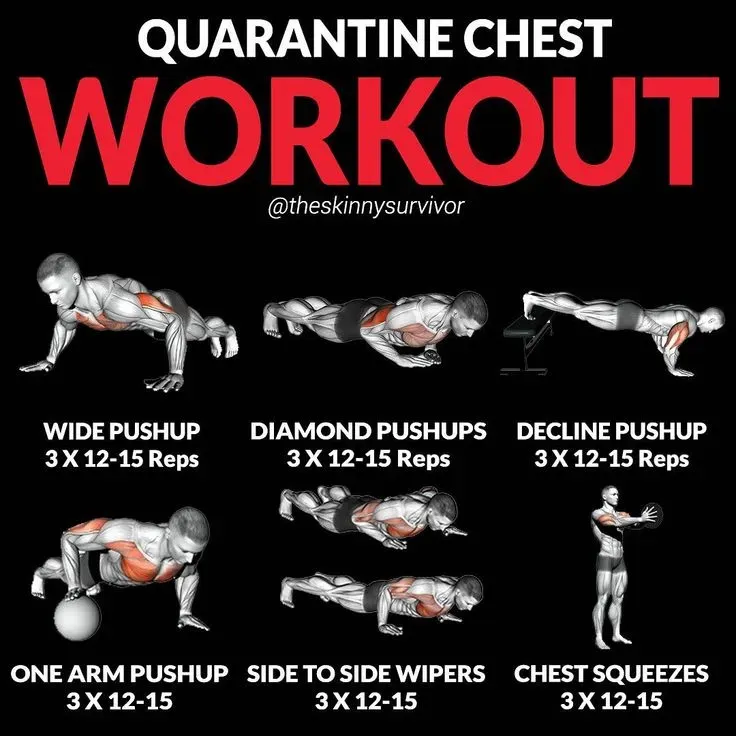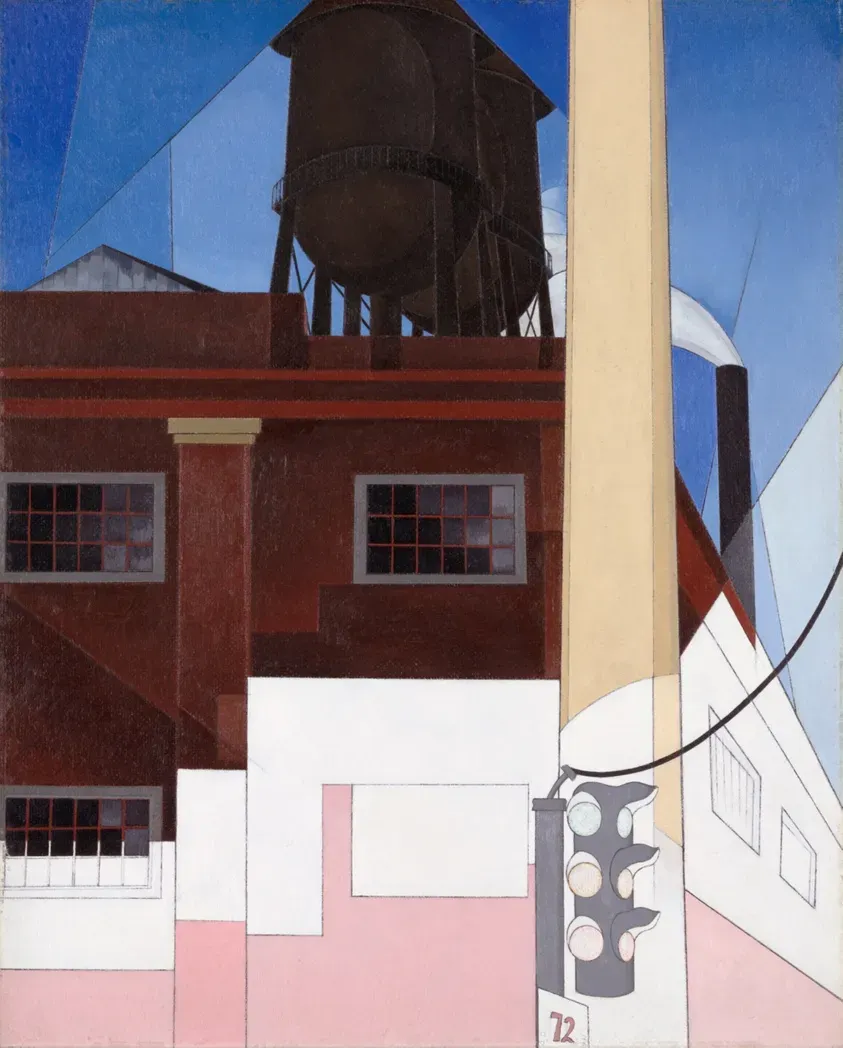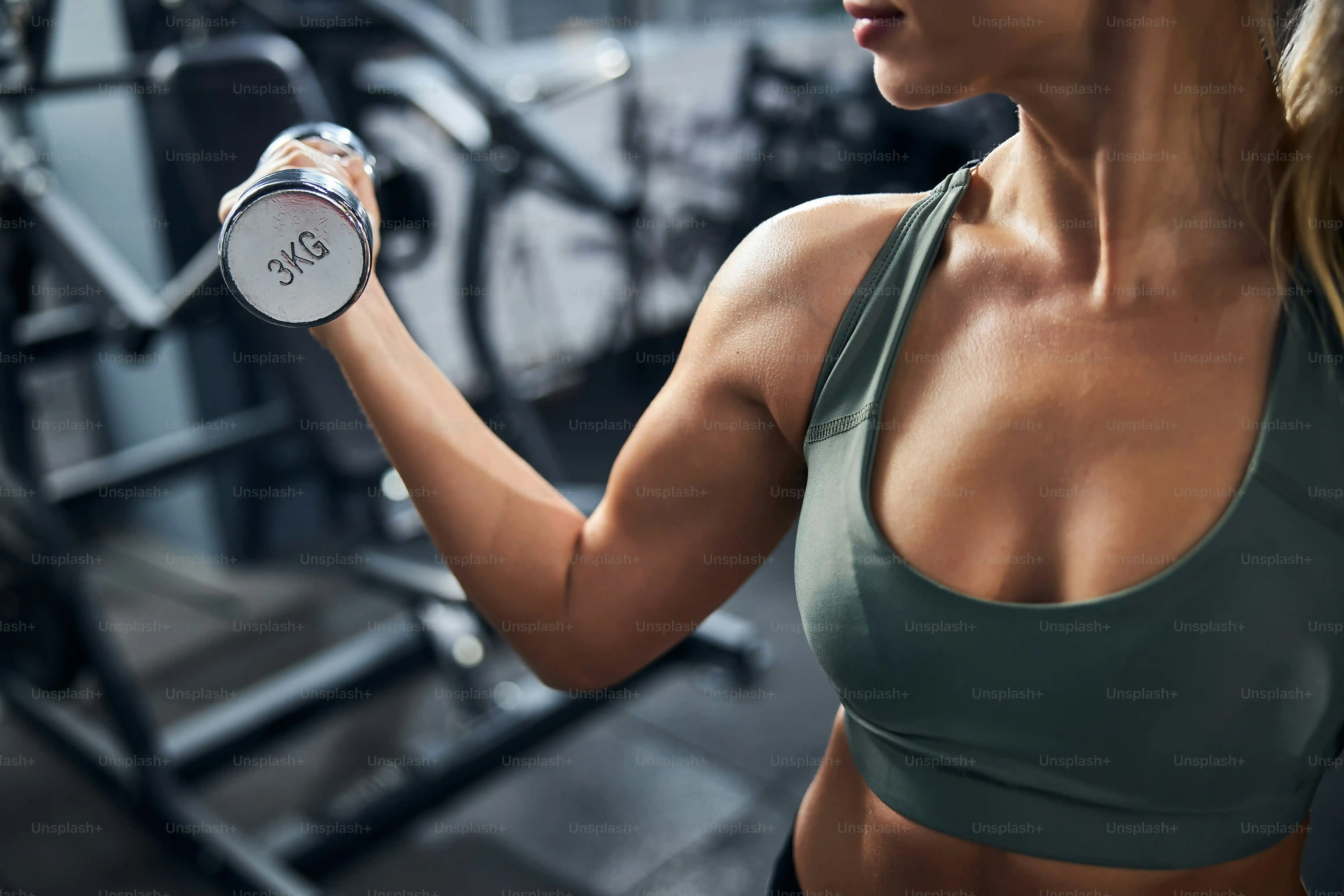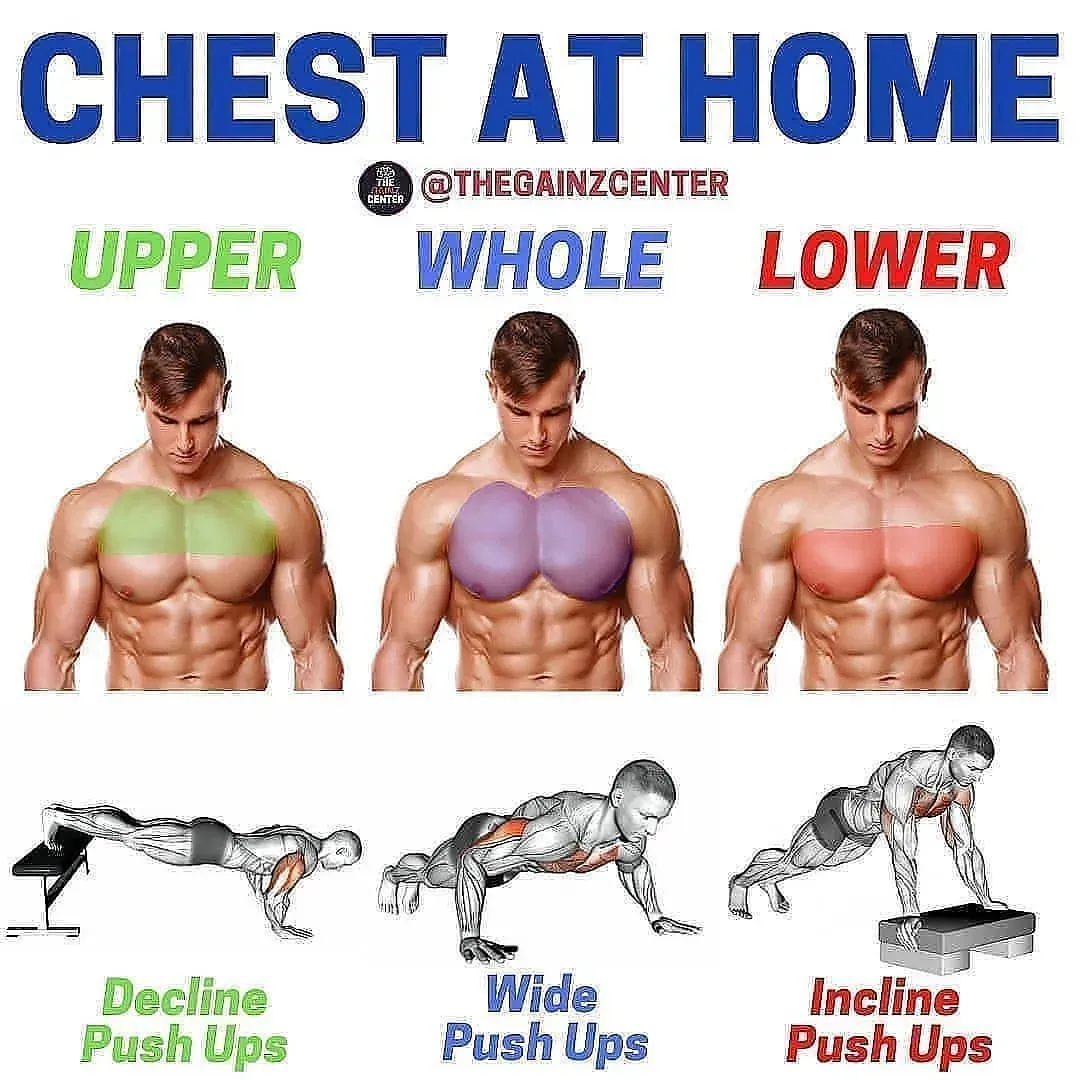Table of Contents
Think you need a stack of plates or a fancy bench press setup to really torch your chest? Most people figure bodyweight workouts are just for beginners or light days. They picture endless sets of standard push-ups and yawn. If that sounds like your current thinking, get ready for a reality check.
Why Bodyweight Can Still Give You the Hardest Chest Workout at Home

Why Bodyweight Can Still Give You the Hardest Chest Workout at Home
Unlock Constant Tension and Control
Forget the idea that heavy weights are the only path to a killer chest workout. When you use your own bodyweight, especially for something like the hardest chest workout at home, you get something weights often miss: constant tension.
Unlike a barbell bench press where you might lock out at the top and momentarily rest, bodyweight moves force your muscles to work through the entire range of motion under load.
Controlling your descent and ascent during a push-up variation, for instance, builds incredible muscle control and stability.
You can't just drop the weight; you have to actively resist gravity every inch of the way.
This sustained engagement targets the muscle fibers differently, potentially leading to deeper fatigue and growth stimulus.
It's less about lifting a number and more about mastering movement under load.
Mastering Progression, Not Just Adding Plates
The beauty of calisthenics for achieving the hardest chest workout at home lies in the sheer variety of progressions.
Once a standard push-up becomes too easy – and it will if you train consistently – you don't just add a vest (though you could).
You change the leverage, the angle, the number of points of contact, or add instability.
Think about moving from knee push-ups to regular, then decline, then pseudo planche push-ups, or even one-arm variations.
Each step up in difficulty requires more strength, balance, and coordination from your chest, shoulders, and triceps.
This systematic increase in demand, rather than just linear weight progression, keeps the stimulus fresh and challenging, ensuring your home workouts remain brutally effective.
- Bodyweight allows for continuous muscle tension.
- You control the resistance through the full range of motion.
- Progression comes from changing leverage and technique, not just adding weight.
- Advanced variations challenge stability and coordination.
- Mastering bodyweight builds functional strength applicable to real life.
Prepare Right: WarmUp for Your Hardest Chest Workout at Home

Prepare Right: WarmUp for Your Hardest Chest Workout at Home
Why Skipping the Warm-Up is a Bad Idea
Look, I get it. When you're pumped to hit the hardest chest workout at home, you just want to jump straight into the brutal stuff. You feel ready, the energy is high, and who has time for five or ten minutes of "easy" movements?
But trust me on this, skipping the warm-up is the fastest way to invite injury or, at the very least, perform way below your potential. Your muscles, tendons, and joints need a heads-up. They need blood flow, they need to increase their temperature slightly, and they need to go through a range of motion *before* you ask them to handle intense load and stress.
Think of it like driving a cold car engine straight onto the highway at top speed. It's probably not going to end well. A proper warm-up primes your body, improves mobility in the shoulder and chest area, and activates the right muscles so they're ready to fire efficiently.
This isn't just about preventing a pulled muscle; it's about making sure you can actually perform those challenging variations safely and effectively to get the absolute hardest chest workout at home you can achieve.
Getting Your Shoulders and Chest Ready
So, what does a good warm-up for a serious bodyweight chest session look like? It's not just a few arm circles and calling it a day. You want dynamic movements that take your joints through their full range.
Start light, maybe with some gentle arm swings forward and backward, then across the body. Focus on opening up the chest and shoulders. Cat-cow stretches are great for spinal mobility, which helps with your posture during push-ups.
Then, move into some light, easy repetitions of the movements you're about to do, but at a lower intensity or with less leverage. Knee push-ups are perfect for this. Do a couple of sets of 10-15 reps, focusing purely on form and feeling the muscles engage, not pushing to fatigue.
You could also add some scapular push-ups (moving just your shoulder blades while keeping arms straight) to activate those stabilizer muscles. The goal is to feel warm and mobile, not tired.
Here are a few warm-up ideas:
- Arm circles (forward and backward)
- Arm swings across the body
- Thoracic rotations
- Cat-Cow stretch
- Scapular push-ups
- Easy knee push-ups (2 sets of 10-15)
Beyond PushUps: Advanced Moves for the Hardest Chest Workout at Home

Beyond PushUps: Advanced Moves for the Hardest Chest Workout at Home
Turning Up the Intensity with Leverage
so you've mastered the standard push-up. You can bang out reps until the cows come home. If you're still doing the same thing, you're not pushing your limits. Getting the hardest chest workout at home means manipulating leverage and stability to make the movement exponentially harder. This isn't just about doing more reps of something easy; it's about making each rep a significant challenge. We're talking about variations that shift more of your body weight onto your hands and chest, forcing those muscles to work overtime.
Consider pseudo planche push-ups, for instance. By placing your hands lower down your torso, closer to your hips, and leaning your body forward, you drastically increase the load on your chest and shoulders. It feels completely different from a regular push-up. Your body forms a straight line, but your hands aren't under your shoulders; they're further back. This requires immense core strength and shoulder stability, alongside serious chest power. It's a move that separates the casual exerciser from someone truly committed to building strength with bodyweight.
What's the difference between a standard push-up and a pseudo planche push-up?
- **Standard Push-up:** Hands typically under shoulders, body in a straight line. Fairly even distribution of weight.
- **Pseudo Planche Push-up:** Hands placed lower (towards waist), body leans forward significantly. Much higher percentage of body weight loaded onto hands/chest.
- **Result:** Pseudo planche is significantly harder, recruits more fibers, and builds strength closer to planche progression.
Elevation, Explosiveness, and Single-Limb Efforts
Another way to intensify your home chest workout is by changing the angle or adding explosiveness. Decline push-ups, performed with your feet elevated on a chair or bench, shift more weight onto your upper chest and shoulders. The higher the elevation, the harder the exercise becomes, targeting that often-stubborn upper pec area effectively. You can progress from a low step to a chair, and eventually to a higher surface, constantly increasing the challenge.
Plyometric push-ups, like the clap push-up or chest-to-floor push-ups where you explode off the ground, add a power element. These aren't just about strength; they build explosive power in your chest, shoulders, and triceps. Landing softly and immediately going into the next rep requires control and resilience. Just make sure your wrists are ready for the impact.
For the truly masochistic pursuit of the hardest chest workout at home, single-arm variations are the ultimate test. While a full one-arm push-up is an advanced skill that takes time, you can work towards it with staggered stance push-ups or assisted one-arm push-ups (using a wall or elevated surface) to build the necessary unilateral strength and stability. These moves reveal and help correct imbalances between your left and right sides.
Advanced Exercise | Key Benefit | How it Increases Difficulty |
|---|---|---|
Pseudo Planche Push-up | Overall Chest Strength, Planche Prep | Shifts weight forward, increases leverage |
Decline Push-up | Upper Chest Focus | Elevates feet, changes angle of resistance |
Plyometric Push-up | Explosive Power | Requires generating force to leave the ground |
Staggered Stance Push-up | Unilateral Strength | Places more load on one arm/side of chest |
Putting It Together: Structuring Your Killer Home Chest Session

Putting It Together: Structuring Your Killer Home Chest Session
How to Build Your Hardest Home Chest Routine
Alright, so you've got the advanced moves in your arsenal – the pseudo planches, the declines, maybe even working towards some staggered or one-arm stuff. How do you string them together for the hardest chest workout at home that actually works? You don't just randomly pick exercises. You build your routine strategically, starting with the most demanding movements when you're freshest.
Think of it like this: if your goal is maximum strength and hitting those high-tension variations, tackle those first. Maybe you start with a few sets of elevated decline push-ups or pseudo planche push-ups. When fatigue sets in on those, move to slightly less difficult variations that still challenge you, like standard push-ups with perfect, slow form, or wide-grip push-ups to hit the outer chest. The idea is to maintain a high level of intensity throughout the workout, constantly challenging your muscles with different angles and leverages until they've had enough.
Frequency, Sets, and Reps for Maximum Impact
Now, how often should you inflict this level of punishment, and what does a "set" or "rep" even mean when you're pushing to failure on complex bodyweight moves? For achieving the hardest chest workout at home, consistency is key, but recovery is just as crucial. Hitting your chest with this intensity 4-5 times a week is likely overkill and a fast track to burnout or injury. Two to three times a week, with at least 48 hours of rest in between, is a more realistic and sustainable approach for most people looking to build serious strength.
For sets and reps on these harder variations, forget hitting a specific number like "3 sets of 10." When you're doing a pseudo planche push-up, maybe you can only do 3 good reps. That's your set. The goal isn't volume initially, it's intensity and perfect form. Aim for 3-5 sets per exercise, pushing close to failure on each set while maintaining form. As you get stronger, those 3 reps might become 5, then 8. For exercises where you can do more reps easily (like standard push-ups as a finisher), aim for higher rep ranges, perhaps 15-20+, to really chase that muscle fatigue and pump after the heavy lifting is done.
What's the biggest mistake people make when trying the hardest chest workout at home?
- Not warming up properly.
- Jumping to advanced variations too soon.
- Sacrificing form for more reps or a harder variation.
- Not allowing enough recovery time between sessions.
- Doing the same routine endlessly without progression.
Your Hardest Chest Workout at Home Awaits
You don't need a gym membership or expensive equipment to seriously challenge your chest. We've covered why bodyweight training is effective, the importance of a solid warm-up, and introduced advanced variations far beyond the basic push-up. Crafting the hardest chest workout at home is about smart programming, mastering form, and consistently pushing your limits with progressions. It requires discipline and a willingness to embrace discomfort, but the results are real. Stop waiting for the perfect setup and start building a stronger chest right where you are.
